In today’s world flooded with crash diets and trendy exercise programs one time-tested holistic health system continues to stand out: Ayurveda. Rooted in India over 5,000 years ago, Ayurveda provides gentle, natural techniques to support digestion, enhance metabolic processes, and encourage weight loss. A key element of this ancient practice involves harnessing the power of specific herbs to ignite and balance the body’s internal “fire,” an essential step to jumpstart metabolism.
If you’re looking for a comprehensive guide to Ayurvedic herbs and how they can help you shed extra pounds, bolster digestive health, and cultivate total wellness, you’re in the right place. Read on to discover how these potent botanical allies can help you jumpstart metabolism and maintain sustainable weight management.
Table of Contents
1. Understanding Ayurveda and Its Approach to Weight Loss

Ayurveda, often called the “Science of Life,” is a holistic health system developed in ancient India. Rather than focus on just one aspect of health like weight, digestion, or immune strength Ayurveda attempts to unify the mind, body, and spirit. This holistic approach is what sets it apart from many modern diets that focus narrowly on restricting calories or specific nutrients.
The Holistic Nature of Ayurvedic Weight Loss
- Focus on Balance: Ayurveda views optimal health as a balance among three doshas (or energies): Vata, Pitta, and Kapha. Each dosha has specific traits that affect physical constitution, metabolism, and emotional well-being.
- Individualized Plans: What works for one person may not work for another in Ayurvedic theory because each individual’s dosha composition, lifestyle, and genetic predispositions are different.
- Sustainable Methods: Ayurveda prioritizes lifestyle changes, herbal remedies, and natural interventions that promote long-term health improvements rather than quick, unsustainable fixes.
In essence, the Ayurvedic approach to weight loss is about aligning the body’s energies and promoting healthy metabolic function. Herbs play a vital role in this, as they help boost digestion, cleanse the body of toxins, and enhance the internal “fire” that governs metabolism.
2. Ayurvedic Concept of Metabolism: The Role of Agni

In Ayurveda, metabolism is strongly tied to the concept of Agni, often translated as “digestive fire.” According to Ayurveda, a strong Agni ensures that food is broken down efficiently, nutrients are absorbed optimally, and waste is eliminated effectively.
Why Agni Is Important
- Efficient Digestion: If your Agni is functioning well, you will break down food properly, absorb nutrients, and have consistent energy throughout the day.
- Maintaining Body Weight: A sluggish Agni can lead to poor digestion, the buildup of toxins (known as Ama in Ayurveda), and subsequent weight gain or difficulties in shedding pounds.
- Preventing Disease: Toxins that accumulate due to a weakened digestive fire can contribute to various health problems, from weight imbalance to lowered immunity.
Simply put, when your Agni is strong and balanced, your body’s metabolism gets a significant boost. Ayurvedic herbs often aim to rekindle or balance this fire, making them important allies in a natural weight loss journey.
3. Doshas and Their Influence on Weight Management
Ayurveda categorizes the human body into three primary doshas Vata, Pitta, and Kapha. Each dosha has unique attributes that influence everything from your body shape to your mental temperament. Understanding your dominant dosha can help tailor a personalized weight management plan.
Vata Dosha

- Characteristics: Light, cold, dry, quick-moving.
- Weight Tendency: Vata-dominant individuals tend to be slender and might have difficulty gaining weight. However, when out of balance, Vata can cause irregular eating habits, poor nutrient absorption, and sudden cravings.
Pitta Dosha

- Characteristics: Hot, sharp, intense.
- Weight Tendency: Pitta individuals usually have a moderate build and good digestion. Out-of-balance Pitta can lead to excessive hunger, irritability, and weight gain tied to hormonal imbalances or stress-eating.
Kapha Dosha

- Characteristics: Heavy, slow, steady.
- Weight Tendency: Kapha-dominant individuals naturally have a slower metabolism and may gain weight more easily. Balancing Kapha usually involves stimulating Agni and eliminating excess mucus or fluid buildup.
Ayurvedic herbs can be used to help balance doshas. Some herbs are especially beneficial for Kapha imbalances because they are warming, stimulating, and help break down fat and toxins. Others help Vata or Pitta as well. However, for the specific goal of jumpstarting metabolism and aiding weight loss, many of the herbs you’ll read about next especially target Kapha-related sluggishness and overall metabolic stagnation.
4. Why Ayurveda Focuses on Herbs for Weight Loss

Before diving into the herbs themselves, it’s crucial to understand why Ayurveda places such importance on herbal remedies. Unlike synthetic drugs that may come with a variety of side effects, Ayurvedic herbs are generally gentle and harmonize with the body’s natural processes.
Key Reasons Ayurveda Relies on Herbs
- Natural Detoxification: Herbs help the body flush out toxins (Ama) that can accumulate from poor diet, stress, and environmental factors. Removing toxins can restore metabolic efficiency.
- Nutritional Support: Many herbs contain vitamins, minerals, and phytonutrients that bolster immunity and overall health, thus aiding sustainable weight management.
- Metabolic Boost: Specific herbs warm up the digestive system, enhancing Agni. This leads to better digestion, nutrient absorption, and fat metabolism.
- Adaptogenic Properties: Some Ayurvedic herbs (e.g., Ashwagandha) have adaptogenic qualities that help the body better handle stress often a significant factor in unhealthy weight gain.
Because of these multi-faceted benefits, the use of herbs in Ayurveda extends beyond mere weight loss, influencing holistic well-being.
5. Top Ayurvedic Herbs to Boost Metabolism
In this section, we’ll cover some of the most potent and popular Ayurvedic herbs known to support digestion, fat metabolism, and healthy weight management. Each herb has specific properties, so you can choose which resonates with your personal needs (ideally in consultation with an Ayurvedic practitioner).
1. Triphala

Triphala is a classic Ayurvedic formula composed of three fruits: Amalaki (Emblica officinalis), Bibhitaki (Terminalia bellirica), and Haritaki (Terminalia chebula). It is revered for its ability to maintain a healthy digestive tract and support effective elimination.
- Digestive Aid: Triphala promotes regular bowel movements and helps remove Ama (toxins).
- Gentle Detox: It aids in cleansing the colon without depleting the body of its essential nutrients or causing dependency.
- Metabolism Enhancement: By facilitating proper digestion and elimination, Triphala indirectly supports weight loss and a more efficient metabolism.
How to Use Triphala
- Powder Form: Commonly consumed as a powder. Mix 1/2 to 1 teaspoon with warm water before bedtime.
- Tablet/Capsule: For those who dislike the pungent taste, tablets or capsules are available. Follow the dosage recommended on the label.
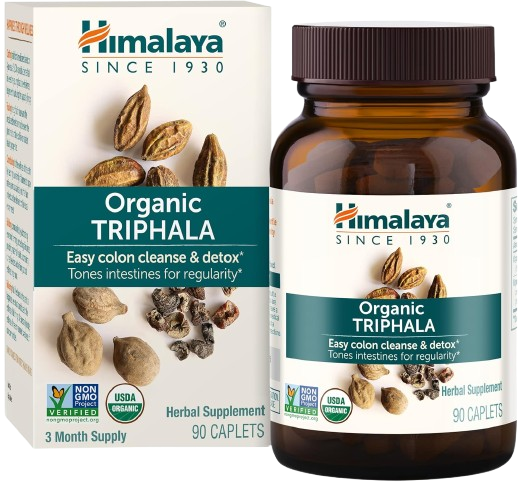
2. Guggulu
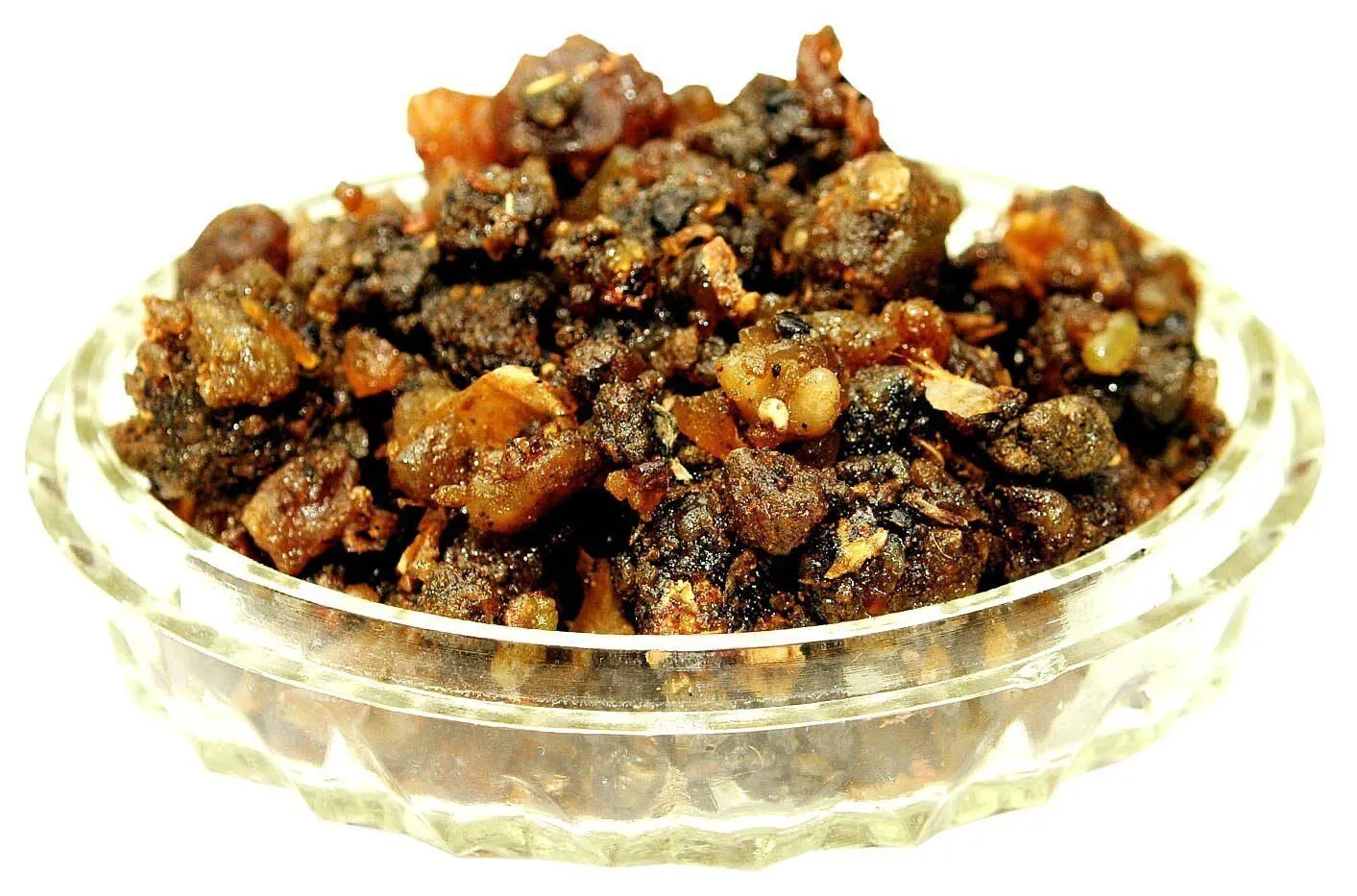
Derived from the resin of the Commiphora mukul tree, Guggulu is known for its powerful properties that support fat metabolism and weight management. In classical Ayurvedic texts, Guggulu is frequently mentioned for its role in detoxification.
- Weight Loss Benefits: Guggulu is said to help reduce excess fat tissue in the body.
- Cholesterol Control: Some studies suggest that Guggulu might help maintain healthy cholesterol levels, which can be beneficial in a broader weight-loss context.
- Anti-Inflammatory Properties: Its natural anti-inflammatory and antioxidant qualities further support overall health.
How to Use Guggulu
- Traditional Formulations: Often combined with other herbs in specific formulations like Triphala Guggulu or Yogaraj Guggulu.
- Precautions: If you are on medication for thyroid or cholesterol, consult a healthcare provider before use.

3. Trikatu (Black Pepper, Long Pepper, Ginger)
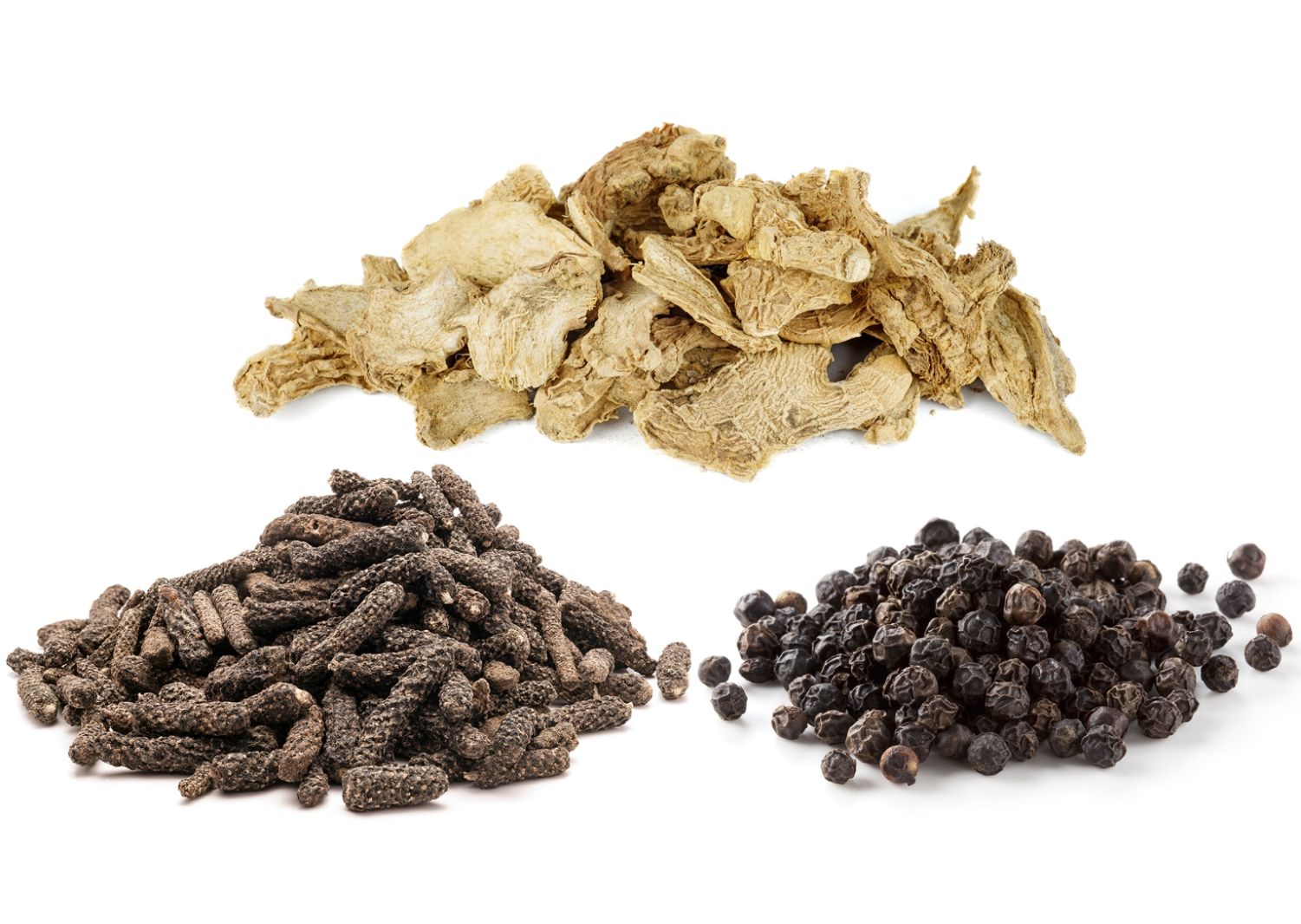
Trikatu is a powerful blend of three pungent spices: Black Pepper (Piper nigrum), Long Pepper (Piper longum), and Ginger (Zingiber officinale). In Ayurveda, pungent flavors are known to rekindle Agni and clear blockages in the body’s channels.
- Metabolic Stimulation: Trikatu’s warming nature helps break down fats and enhance overall digestive function.
- Clearing Mucus: Particularly beneficial for Kapha types, who often have excess mucus, Trikatu helps clear congestion in the respiratory and digestive tracts.
- Bioavailability Booster: Black pepper contains piperine, which increases the absorption of other herbs and nutrients.
How to Use Trikatu
- Powder: You can sprinkle Trikatu powder into soups or warm water.
- Capsules: Available in capsule form if the spicy taste is overwhelming.
- Culinary: Integrate black pepper and ginger into your daily cooking to get similar benefits.
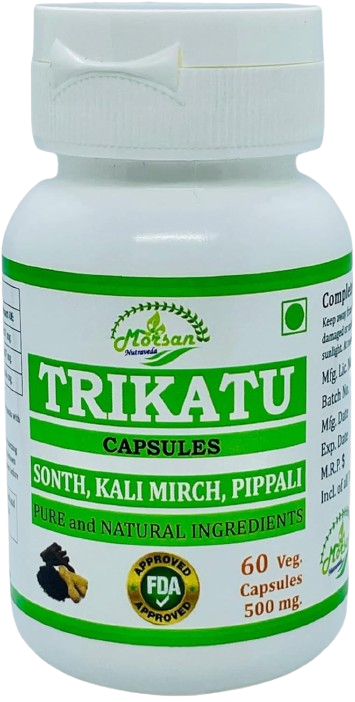
4. Ashwagandha
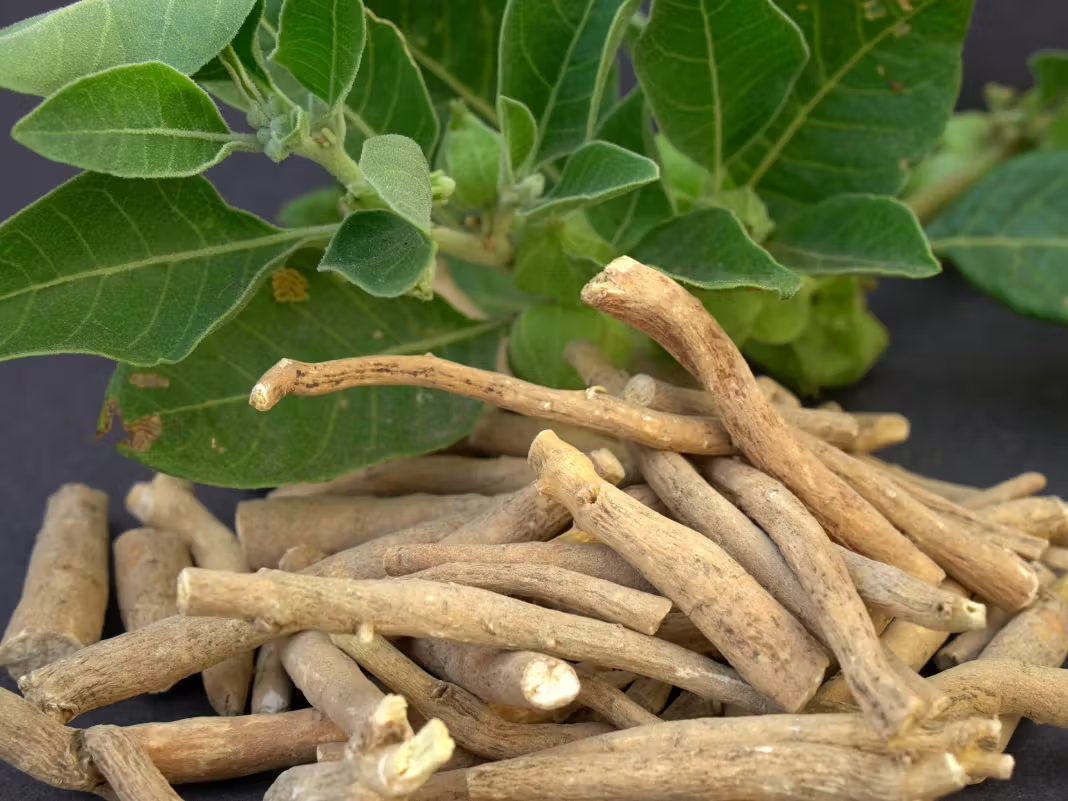
Renowned as an adaptogen, Ashwagandha (Withania somnifera) helps the body cope with stress while supporting balanced metabolism and energy levels.
- Stress Reduction: Chronic stress triggers hormonal imbalances that can lead to weight gain. By reducing cortisol levels, Ashwagandha can indirectly help manage weight.
- Energy & Endurance: Boosts vitality and may support better exercise performance, thereby aiding weight loss efforts.
- Hormonal Balance: Can be beneficial for those dealing with hormonal issues that contribute to metabolic disturbances.
How to Use Ashwagandha
- Powder in Milk: A traditional method is mixing 1/2 teaspoon of Ashwagandha powder in warm milk, sometimes with a pinch of turmeric or sweetened with a natural sweetener.
- Capsules: Easier for daily consumption, especially if you don’t prefer the taste.
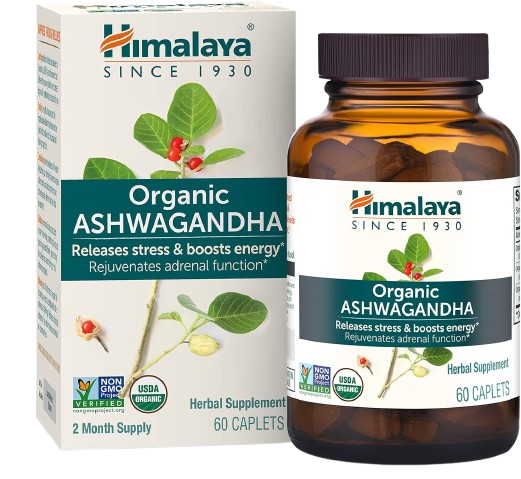
5. Guduchi (Giloy)

Also called Amrita in Sanskrit, Guduchi (Tinospora cordifolia) is a potent herb for detoxification and immune support.
- Cleansing Action: Helps eliminate toxins, which in turn supports a more efficient metabolism.
- Boosting Agni: Guduchi aids digestion and assimilation of nutrients.
- Immune Modulator: Strengthens immunity, which can be compromised during intense weight management efforts or detox protocols.
How to Use Guduchi
- Juice or Kadha (Decoction): Commonly consumed as a herbal juice mixed with water, or as a decoction boiled in water.
- Powder or Capsules: Standardized extracts are also available for convenience.
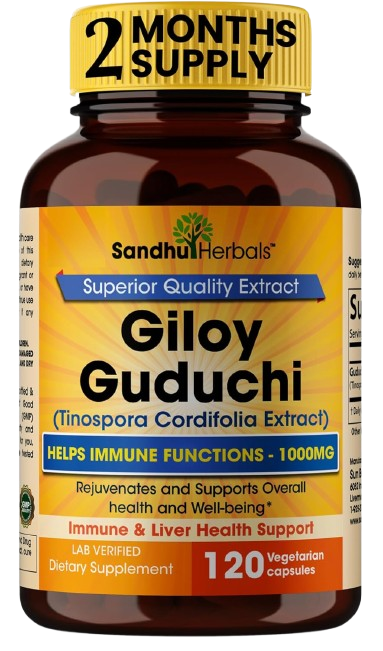
6. Fenugreek (Methi)
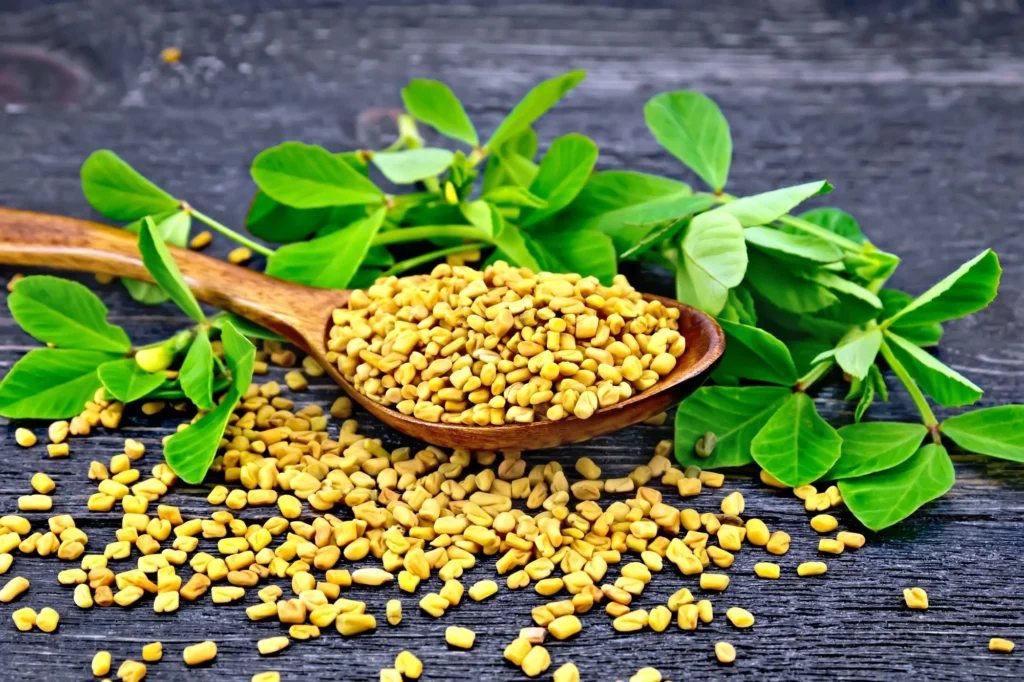
Fenugreek (Trigonella foenum-graecum) seeds are a pantry staple in many parts of the world but have special significance in Ayurvedic medicine for their myriad health benefits.
- Appetite Control: The fiber in fenugreek helps you feel full, reducing the likelihood of overeating.
- Blood Sugar Balance: Helps regulate blood sugar levels, critical for healthy metabolism and preventing insulin spikes that can lead to weight gain.
- Digestive Support: Stimulates digestion and reduces bloating.
How to Use Fenugreek
- Soaked Seeds: Soak 1 tablespoon of fenugreek seeds in water overnight. Consume the seeds and water on an empty stomach in the morning.
- Fenugreek Powder: Add to curries, soups, or even sprinkle over salads.
- Tea: Boil a teaspoon of seeds in water to create a nourishing tea.

7. Garcinia (Vrikshamla)

Known in Sanskrit as Vrikshamla and commonly referred to as Garcinia cambogia, this tropical fruit has garnered attention in modern health circles for its potential role in supporting weight loss.
- HCA (Hydroxycitric Acid): Garcinia contains HCA, which is studied for its effect on suppressing appetite and blocking fat formation.
- Craving Management: May help reduce sugar cravings.
- Digestive Health: Supports a healthier gut environment, indirectly aiding metabolism.
How to Use Garcinia
- Supplement Form: Most widely available as tablets or capsules containing standardized HCA.
- Traditional Usage: In certain cultures, the dried rind of Garcinia is used in curries and soups.
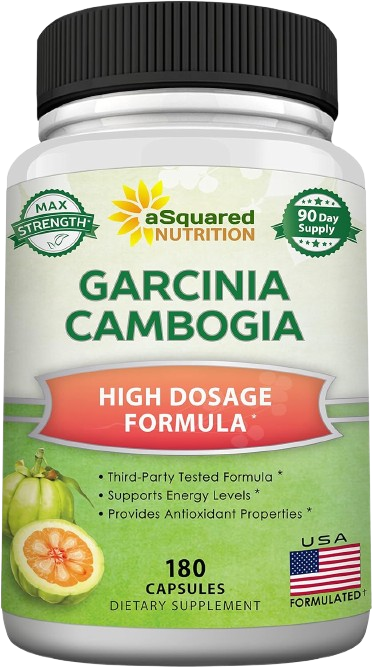
8. Cinnamon (Dalchini)
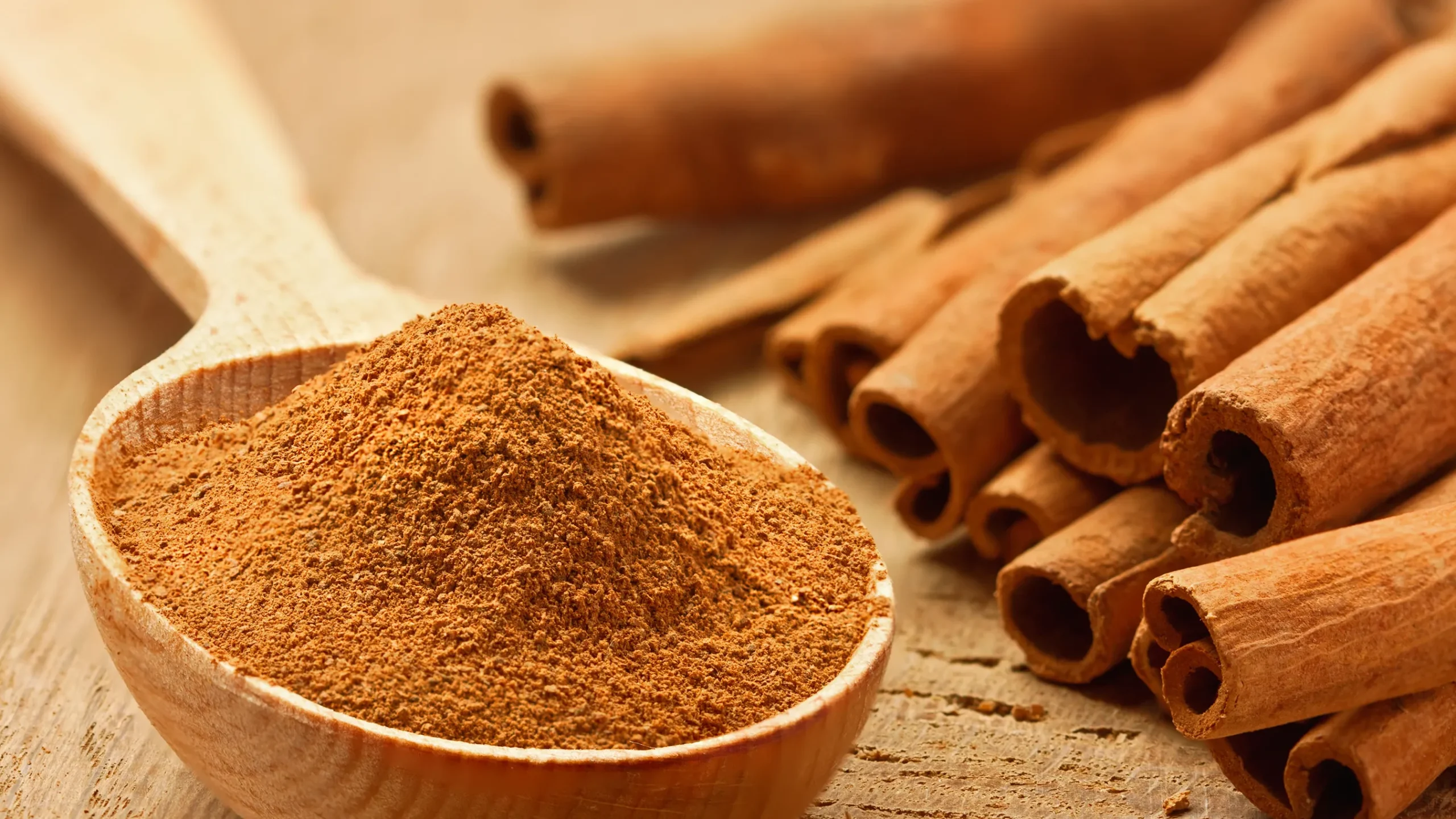
A household spice beloved for its sweet, warm flavor, Cinnamon (Cinnamomum verum) is also an Ayurvedic favorite for metabolic health.
- Blood Sugar Regulation: Cinnamon helps manage blood sugar levels, preventing spikes and crashes that lead to overeating.
- Thermogenic Effect: Its warming nature can slightly increase body temperature, contributing to a minor metabolic boost.
- Flavor Enhancement: A healthy sugar alternative, it can replace part of the sweetness you might otherwise get from sugar.
How to Use Cinnamon
- Tea or Infusion: Steep a cinnamon stick in hot water and sip throughout the day.
- Powder: Sprinkle on oatmeal, cereals, or into smoothies for extra flavor and benefits.

9. Turmeric (Haldi)
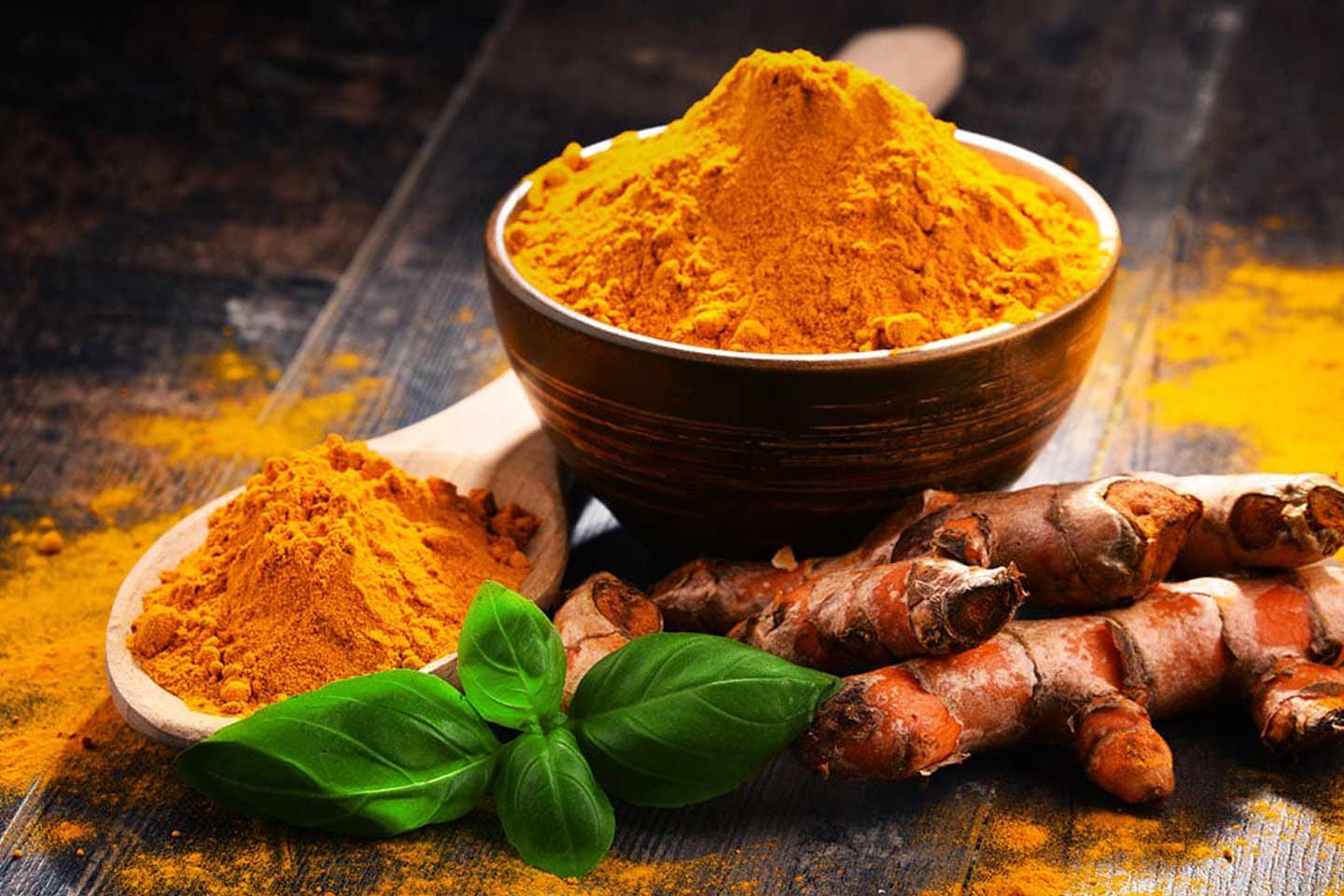
Famous for its bright yellow color and anti-inflammatory properties, Turmeric (Curcuma longa) is a powerhouse in Ayurveda.
- Curcumin Content: The active compound curcumin helps fight inflammation, which can be tied to obesity and metabolic disorders.
- Digestive Aid: Supports healthy bile production, enhancing fat metabolism.
- Overall Wellness: Offers antioxidant benefits, which can be crucial if you’re undergoing dietary changes or increased physical activity.
How to Use Turmeric
- Golden Milk: Mix a teaspoon of turmeric powder in warm milk. Add a dash of black pepper to enhance curcumin absorption.
- Cooking: A staple in many Asian cuisines. Add it to curries, soups, and stir-fries.
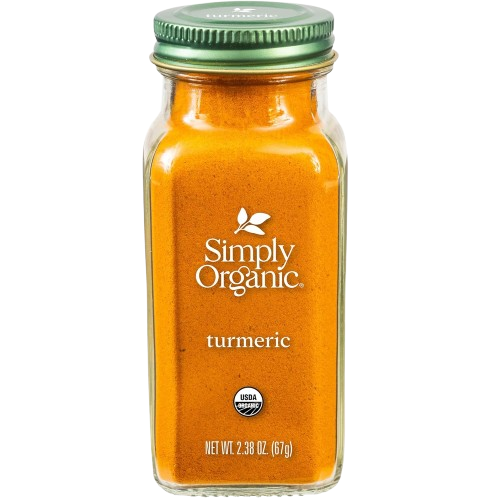
10. Cumin (Jeera)
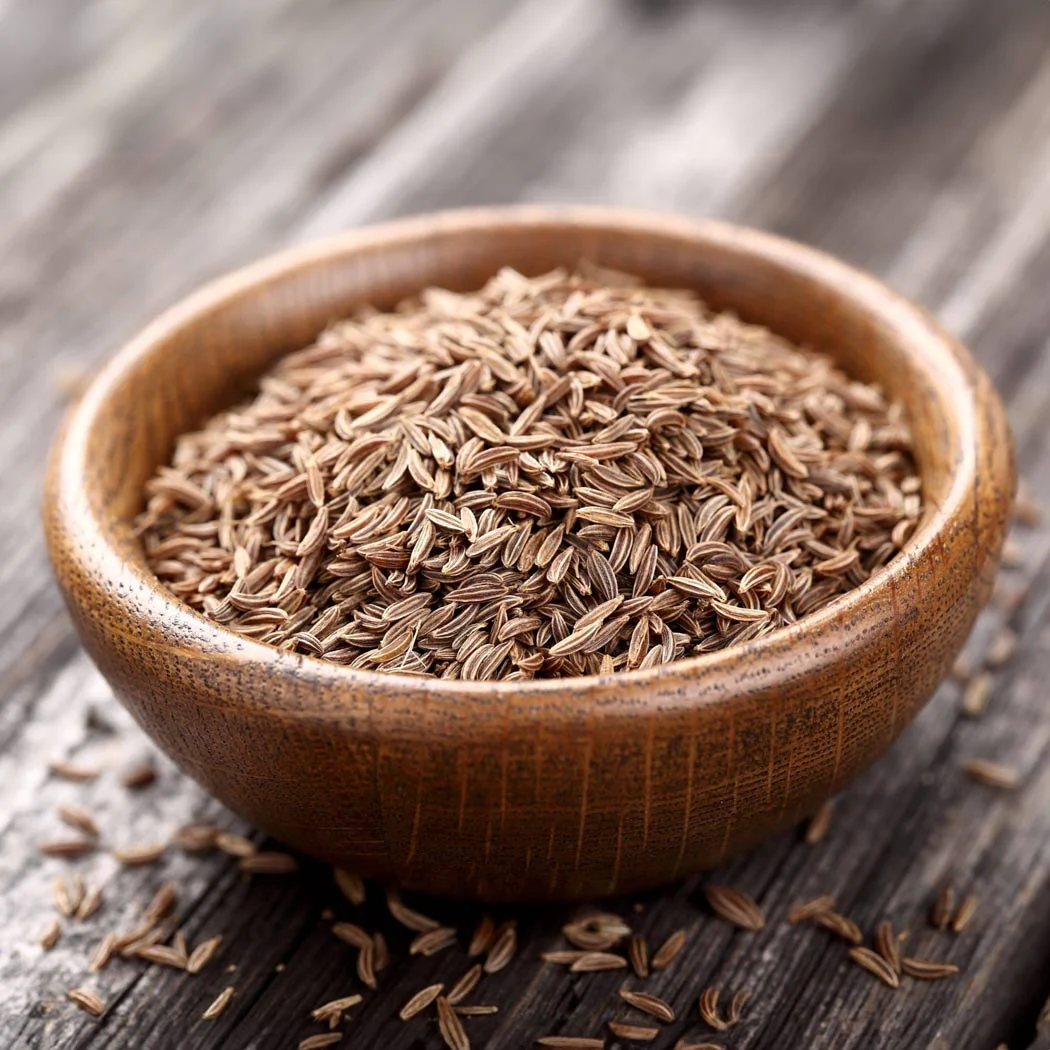
A staple spice in numerous cuisines, Cumin (Cuminum cyminum) seeds support digestion and nutrient absorption.
- Improved Digestion: Stimulates the secretion of digestive enzymes, thus boosting overall metabolism.
- Detox Support: Helps in flushing out toxins and reducing bloating.
- Weight Management: Studies suggest cumin might aid in modest weight reduction when combined with a balanced diet.
How to Use Cumin
- Jeera Water: Boil a teaspoon of cumin seeds in water for a few minutes. Strain and drink this water in the morning for a gentle metabolic boost.
- Seasoning: Cumin can be roasted and ground to a powder, then added to dishes like lentils and soups.
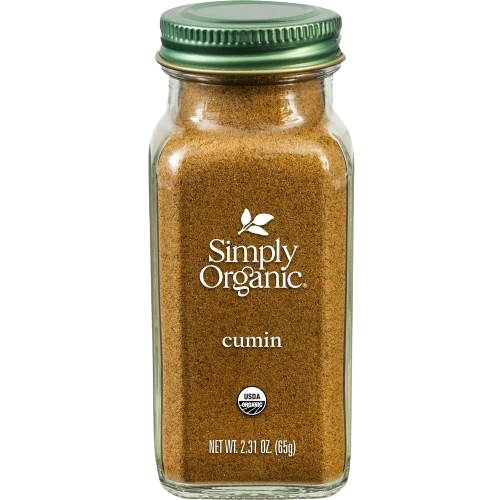
11. Curry Leaves (Kadi Patta)

Loved in Indian cooking for their distinctive flavor and aroma, Curry Leaves (Murraya koenigii) also offer multiple health benefits.
- Fat Metabolism: Believed to help manage lipids and possibly reduce fat accumulation.
- Detoxifying Action: Cleanses the body by supporting liver function.
- Enhanced Digestion: Encourages healthy gastrointestinal activity, easing bloating and irregular bowel movements.
How to Use Curry Leaves
- Fresh Consumption: Chew a few fresh curry leaves on an empty stomach or add them to your meals.
- Powder or Paste: For convenience, dried curry leaves can be ground and added to soups, or you can make a paste with spices to garnish dishes.

12. Musta (Cyperus Rotundus)
Known as Nut Grass in English, Musta is frequently used in Ayurveda for its benefits in digestive complaints and weight management.
- Enhances Digestion: Helps stimulate the digestive fire and reduce Ama.
- Balance for Kapha: Because of its astringent, pungent, and bitter qualities, Musta helps in balancing Kapha dosha, beneficial for those prone to weight gain.
- Diuretic and Detoxifying: Supports the elimination of excess fluids and toxins.
How to Use Musta
- Powder or Churna: Commonly available in powder form. Mix 1/2 teaspoon in warm water twice daily, or as directed by an Ayurvedic practitioner.
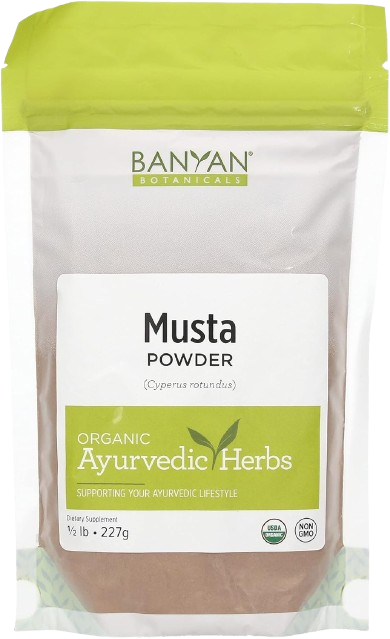
13. Pippali (Long Pepper)
While Pippali (Piper longum) is part of the Trikatu blend, it can also be used on its own for its powerful digestive and metabolic benefits.
- Enhanced Metabolism: Pippali is known to increase digestive fire, aiding in faster fat burning.
- Respiratory Support: Also beneficial for clearing respiratory congestion, which is often linked to Kapha imbalance.
- Synergistic Herb: Pippali, like black pepper, improves the absorption of other herbs and nutrients.
How to Use Pippali
- Powder Form: You can add a pinch of pippali powder to your tea, soups, or stews.
- Capsules: Available as dietary supplements for easier consumption.

6. How to Incorporate These Herbs Into Your Daily Routine

With so many herbs to choose from, you might wonder how to practically integrate them without feeling overwhelmed. Here are some strategies:
- Spice Cabinet Essentials: Keep everyday spices like cumin, turmeric, fenugreek, cinnamon, and black pepper in easy reach. Incorporate them into your daily meals—soups, stews, stir-fries—to naturally boost your metabolism.
- Herbal Teas & Infusions: Prepare teas or infusions from curry leaves, jeera, fenugreek, or trikatu. Sip on them throughout the day to stay hydrated and continually stimulate digestion.
- Supplements: For herbs like Guggulu, Ashwagandha, Triphala, Guduchi, Musta, or Garcinia, consider taking them in capsule or powder form as recommended by an Ayurvedic practitioner or based on product guidelines.
- Create a Schedule: Decide which herbs you’ll take in the morning, afternoon, and evening. For instance:
- Morning: Jeera water or fenugreek water on an empty stomach.
- Midday: Add Musta or pippali powder to lunch dishes.
- Evening: Take Triphala before bed or Ashwagandha with warm milk.
Remember, moderation is key. Start slowly and observe how your body responds. Combine these herbs with an overall healthy eating pattern that includes fresh fruits, vegetables, whole grains, and plant-based proteins.
7. Additional Ayurvedic Lifestyle Tips for Weight Loss

While herbs are powerful, they are most effective when combined with supportive lifestyle practices. Ayurveda recommends a complete approach that includes diet, daily habits, mental well-being, and physical activity.
Balancing Doshas Through Diet
- Vata-Pacifying Foods: If you’re predominantly Vata, favor warm, moist, and grounding foods like cooked grains, soups, and stews.
- Pitta-Balancing Foods: Focus on cooling, mildly sweet and bitter foods like cucumbers, leafy greens, and coconut water if you have Pitta imbalance.
- Kapha-Reducing Foods: Opt for spicy, bitter, and astringent foods such as leafy greens, peppers, ginger, and legumes if you want to reduce Kapha.
Importance of Hydration
- Warm or Hot Water: Ayurveda often recommends warm water (instead of cold) to aid digestion and cleanse the body’s channels.
- Herbal Water: Enhance your water by boiling it with certain herbs—cumin, coriander, or fennel—for an added metabolic boost.
Mindful Eating Practices
- Eat Slowly: Chew your food thoroughly to help digestion and to allow satiety signals to reach your brain, preventing overeating.
- Regular Mealtimes: Consistency in mealtimes stabilizes your Agni.
- Avoid Overeating: Stop eating when you feel about 75% full to give the body room to digest properly.
Importance of Sleep and Stress Management
- Sleep Quality: Aim for 7-8 hours of restful sleep. Poor sleep can elevate stress hormones and encourage weight gain.
- Stress Reduction: Incorporate stress-busting techniques like pranayama, yoga, meditation, or daily walks in nature. Lower stress levels support balanced cortisol, which is crucial for weight management.
Ayurvedic Exercise and Movement
- Yoga & Pranayama: Specific yoga postures can help stimulate metabolism, while pranayama (breathwork) supports oxygen flow and energy.
- Daily Walking: A simple 30-minute brisk walk helps maintain a healthy weight.
- Sun Salutations (Surya Namaskar): A full-body routine that ignites the digestive fire and burns calories effectively.
8. Potential Precautions and Considerations

While Ayurvedic herbs are generally well-tolerated, it’s important to approach them with awareness and caution:
- Professional Guidance: If you have an underlying health condition (such as diabetes, thyroid issues, or cardiovascular disease), consult an Ayurvedic practitioner or medical professional before starting a new herbal regimen.
- Quality of Herbs: Ensure you purchase herbs from reputable brands or sources to avoid contamination or adulteration.
- Dosage & Duration: Some herbs like Guggulu may need to be taken in specific dosages for limited time periods to avoid side effects.
- Allergies & Interactions: Always check if you are allergic to any herbs, and be mindful of possible interactions with existing medications.
- Pregnancy & Nursing: Certain herbs may not be suitable for pregnant or nursing women. Consult a healthcare provider.
9. Conclusion: Embrace the Ancient Wisdom for Lasting Results
Ayurveda’s emphasis on holistic wellness makes it a powerful system for not just weight loss, but for the overall enhancement of your health and vitality. By focusing on balanced Agni, dosha alignment, and natural herbs, you can jumpstart your metabolism in a way that is nurturing and sustainable.
Key Takeaways:
- Agni Is Fundamental: Strengthening your digestive fire paves the way for more efficient fat metabolism and detoxification.
- Herbs Enhance Metabolic Health: Incorporating herbs like Triphala, Guggulu, Trikatu, Ashwagandha, Fenugreek, and Cinnamon can significantly support weight loss efforts by boosting digestion and balancing internal body functions.
- Lifestyle Matters: Combine herbal remedies with mindful eating, adequate hydration, stress reduction, and suitable exercise for best results.
- Personalization Is Key: Doshas matter. Tailor your herbal choices and dietary approach according to your unique constitution and specific health needs.
- Safety First: Consult professionals, use reputable herb sources, and adhere to recommended dosages to minimize risks.
By gently harnessing the power of nature’s pharmacy, you can nurture your body back to balance and support a healthy weight. Whether you’re seeking to drop a few pounds or simply want to cultivate a stronger, more resilient metabolism, Ayurvedic herbs offer a time-honored, holistic pathway to well-being.
Embrace the ancient wisdom of Ayurveda, integrate these herbs into your daily routine, and experience a renewed sense of energy and vitality. True health is not about quick fixes—it’s about respecting your body’s innate intelligence, supporting its natural processes, and living in harmony with the rhythms of nature. Let these Ayurvedic secrets guide you toward sustainable, long-lasting weight management and overall wellness.





